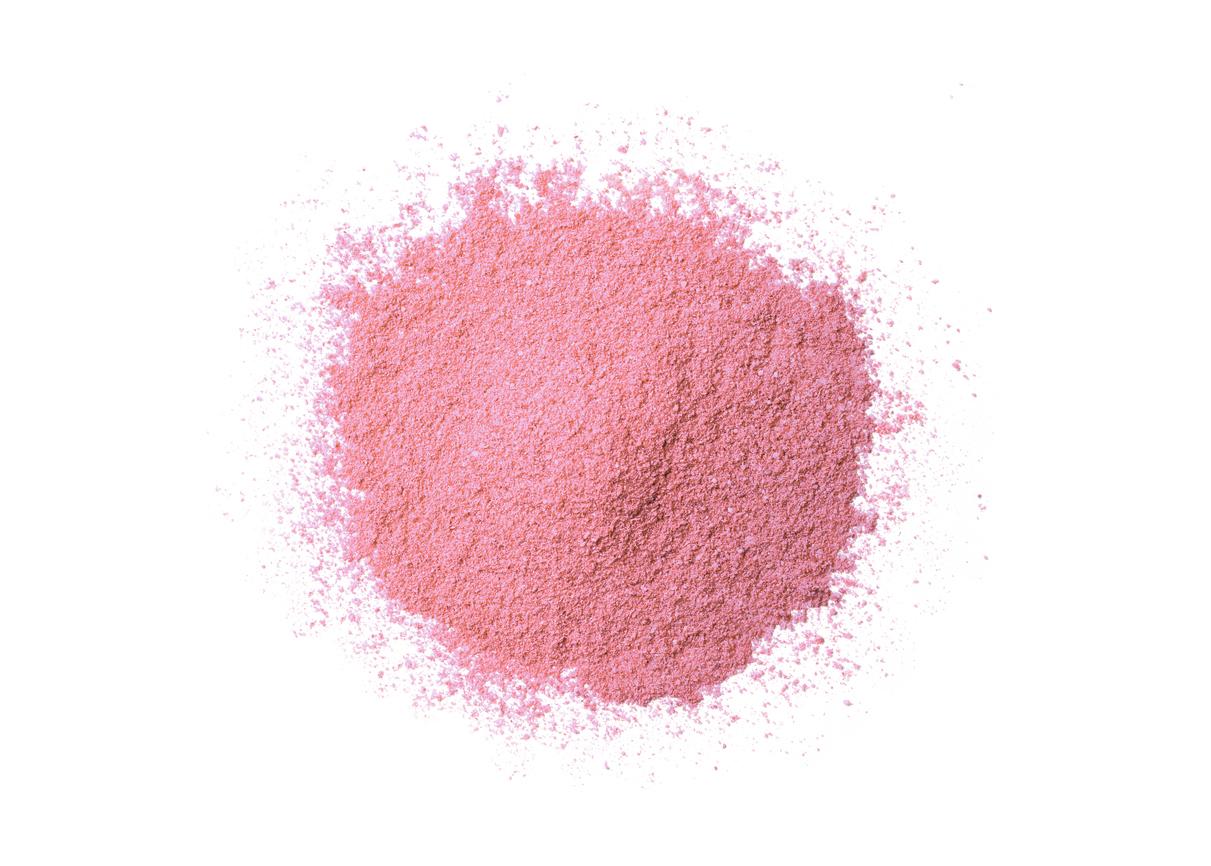In a few days, doctors will again be able to prescribe the acne drug Diane 35 and its generics, but with indication restrictions, new contraindications and reinforced warnings.
This drug, widely prescribed as a contraceptive but authorized only to treat acne, had been withdrawn from the French market on May 21, 2013 by the ANSM, because it posed the risk of vascular accidents. In July, following a new assessment of the risk-benefits of this treatment, the European Commission required France to put it back on the market, but with restrictions on use.
Restrictions on the use of Diane 35
The European Commission limits the use of Diane 35 and its generics to second-line treatment (after trying other drugs) of moderate to severe acne in a context of hyperandrogenism (excess secretion of androgen hormones) , after failure of topical treatment (to be applied locally) or systemic antibiotic treatment, in women of childbearing age and treatment against hirsutism (excessive hairiness).
She also recalls that “Diane 35 and its generics must be dispensed today only for these medical reasons and that as these treatments have a contraceptive action and they must not be prescribed at the same time as another hormonal contraceptive. “
The laboratories concerned by this treatment will also be forced to make educational material available to health professionals. Indeed, this new evaluation confirmed the risk of venous thromboembolism (VTE) of Diane 35. It is 1.5 to 2 times greater in users of this drug than in users of combined oral contraceptives (COCs) containing levonorgestrel.
ASNM recalls that “this medicinal product is subject to enhanced surveillance which will allow the rapid identification of new information relating to safety. It is therefore essential to report any suspected adverse reactions to the Regional Pharmacovigilance Center (CRPV) on which you depend. “


















